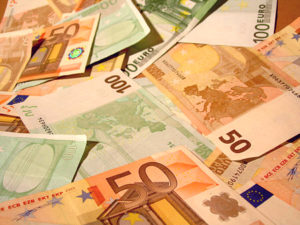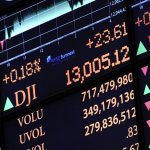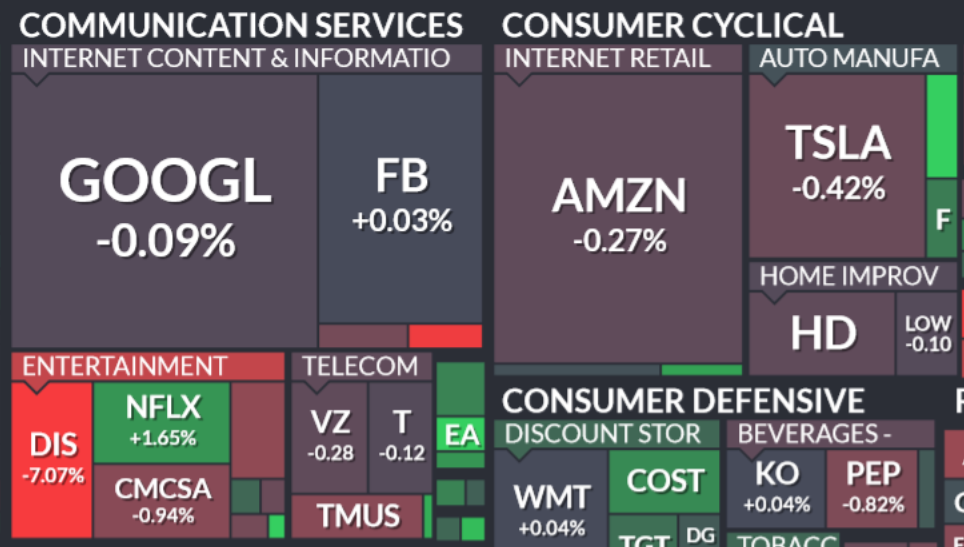 The euro extended a decline from the strongest level since October 2011 against the US dollar, after European Central Bank Vice President Vitor Constancio said market players hadnt fully understood the forward guidance of the central bank.
The euro extended a decline from the strongest level since October 2011 against the US dollar, after European Central Bank Vice President Vitor Constancio said market players hadnt fully understood the forward guidance of the central bank.
EUR/USD touched a session low at 1.3834 at 11:15 GMT, after which consolidation followed at 1.3853, losing 0.18% on a daily basis. EUR/USD touched 1.3915 on March 7th, the strongest since October 2011. Support was likely to be received at March 6th low, 1.3722, while resistance was to be met at March 10th high, 1.3898.
The euro came under selling pressure after ECB Vice President Vitor Constancio was cited by Market News International as saying comments made by ECB President Mario Draghi at last weeks policy meeting “were not taken in completely.” “The forward guidance was made more precise in relation to the existence of this slack. Unfortunately … this was not picked up by the markets,” he added, cited by the same source.
Constancios comments come after European Central Bank Governing Council member Christian Noyer said yesterday that strengthening of the 18-nation common currency created downward pressure on euro zone’s economy. Last week, ECB President Mario Draghi also addressed the problem, saying that a stronger euro may affect the central bank’s price-stability objective.
The 18-nation common currency has risen 6.7% in the past 12 months, curbing the price of imported goods, while also challenging the competitiveness of euro zone’s exporters.
On March 6th, the Governing Council of the ECB maintained its benchmark interest rate at a record-low 0.25%. The Council also decided to keep the deposit rate at zero and the marginal lending rate at 0.75%. On the press conference, following ECB’s interest rate decision the central bank President Mario Draghi said that deflation risks in the euro area are easing, boosting euro’s demand.
The ECB predicted that inflation will gradually accelerate. According to central bank’s estimates inflation in the euro area, which was at 0.8% last month, will accelerate to 1.7% in the fourth quarter of 2016. The cost of living will rise 1% this year, while it will accelerate to 1.3% in 2015 and an average 1.5% in 2015.
While the recovery remains fragile, with inflation still remaining less than half the ECB target of 2%, which the central bank uses to define price stability, economic data in the past four weeks seemed encouraging. Gross domestic product in the 18-nation common currency area rose 0.3%, more than analysts had projected, mainly driven by stronger expansions in Germany, France, Netherlands and a return to growth in Italy. In addition, economic sentiment jumped to more than a 2-1/2-year high last month, while services and manufacturing output surged the most since June 2011.
Meanwhile, greenback’s demand was supported after two Fed officials commented yesterday that the hurdle rate to alter the pace of Fed stimulus cuts was too high.
Fed President of Philadelphia Charles Plosser, who is a voting member this year, commented yesterday that the recent batch of strong US economic data wasn’t enough to alter the pace of the central bank asset purchases. His statement was later echoed by Chicago Fed President Charles Evans, who will not vote on policy this year.
“Given the fact that we’ve embarked on measured reductions, it’s important to give some certainty or at least clarity to the markets on what we’re doing,” Plosser said in a Bloomberg interview. “It’s OK to continue at 10 billion. The hurdle rate for change is pretty high in either direction.”
Federal Reserve Chair Janet Yellen said last month that central bank’s officials were “open to reconsidering” the pace of reductions in monthly bond purchase, should the economy falter, in contrast with her comments made earlier in February, that US economy has gained enough strength in order to withstand reduction of monetary stimulus.
At the same time, Fed officials will try to determine whether the weakness economy has recently demonstrated is due to temporary factors, before their next policy meeting scheduled for March 18-19th.
The central bank announced in December that it will pare monthly bond-buying purchases by $10 billion, after which it decided on another reduction of the same size at the meeting on policy in January, underscoring that labor market indicators, which “were mixed but on balance showed further improvement”, while nation’s economic growth has “picked up in recent quarters.”
Federal Reserve will probably continue to pare stimulus by $10 billion at each policy meeting before exiting the program in December, according to a Bloomberg News survey of 41 economists, conducted on January 10th.
Elsewhere, GBP/USD touched a session low at 1.6616 at 09:19 GMT, after which consolidation followed at 1.6621, losing 0.13% for the day. Support was likely to be received at February 24th low, 1.6584, while resistance was to be met at March 10th high, 1.6742.





